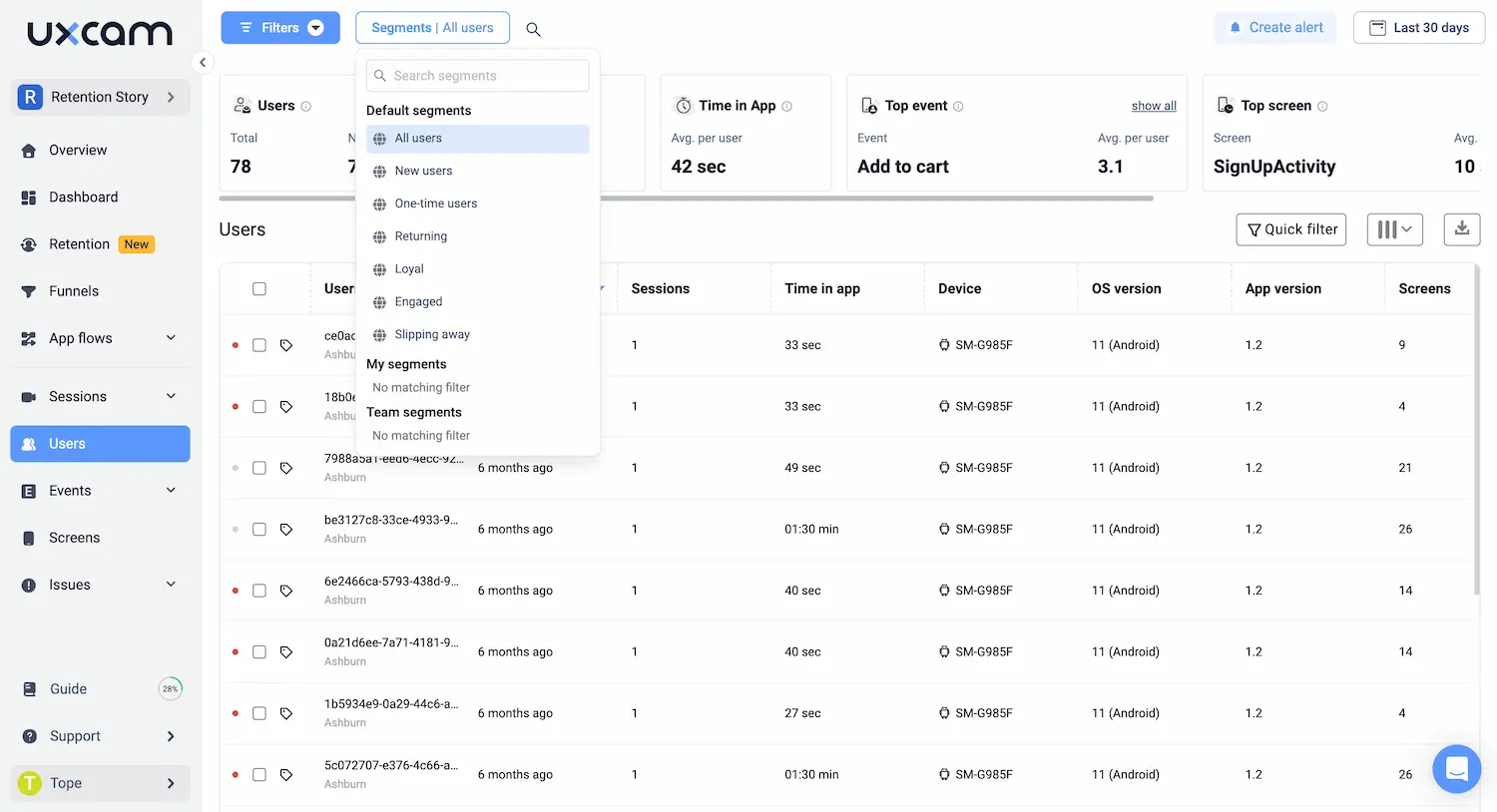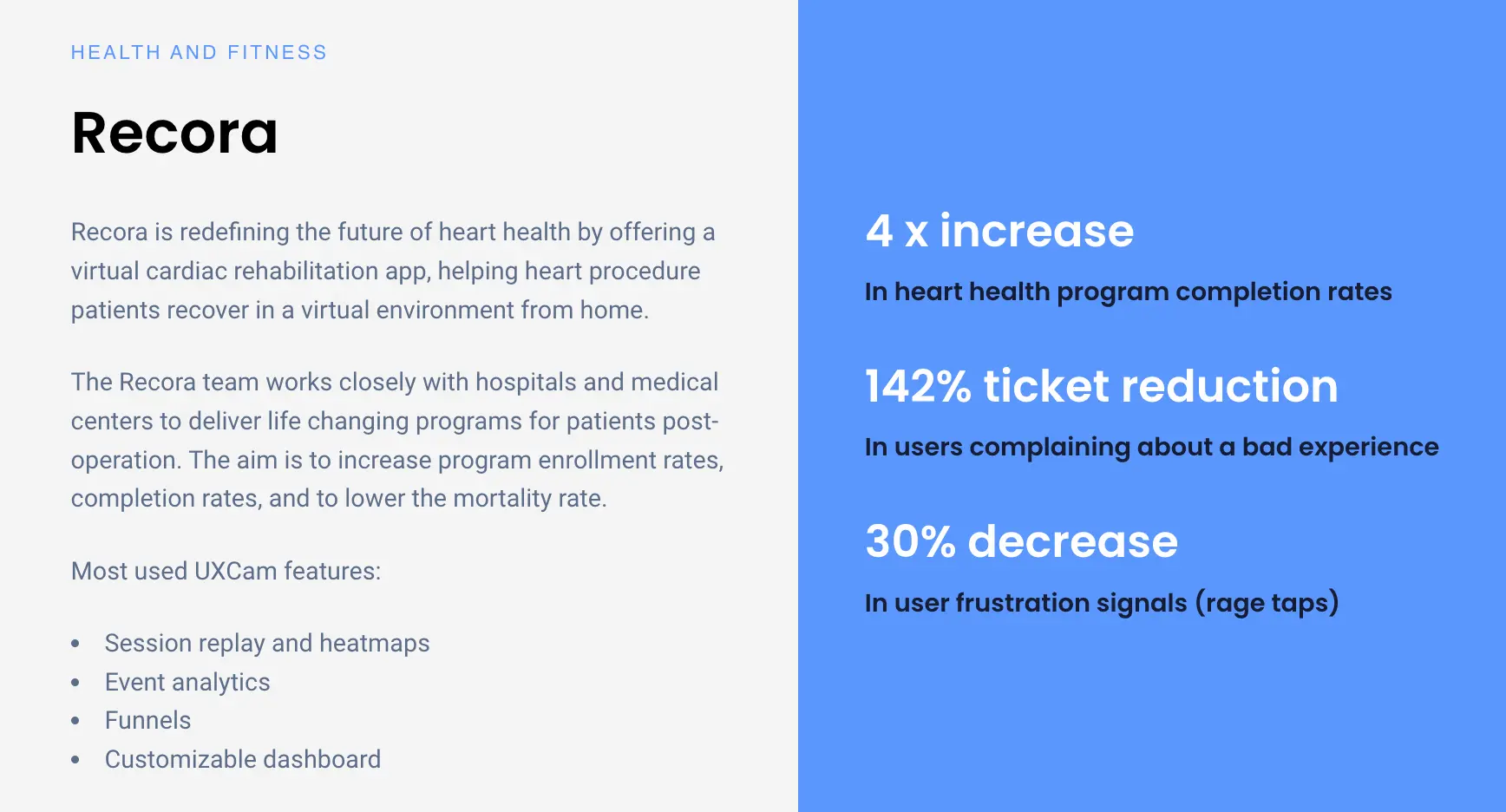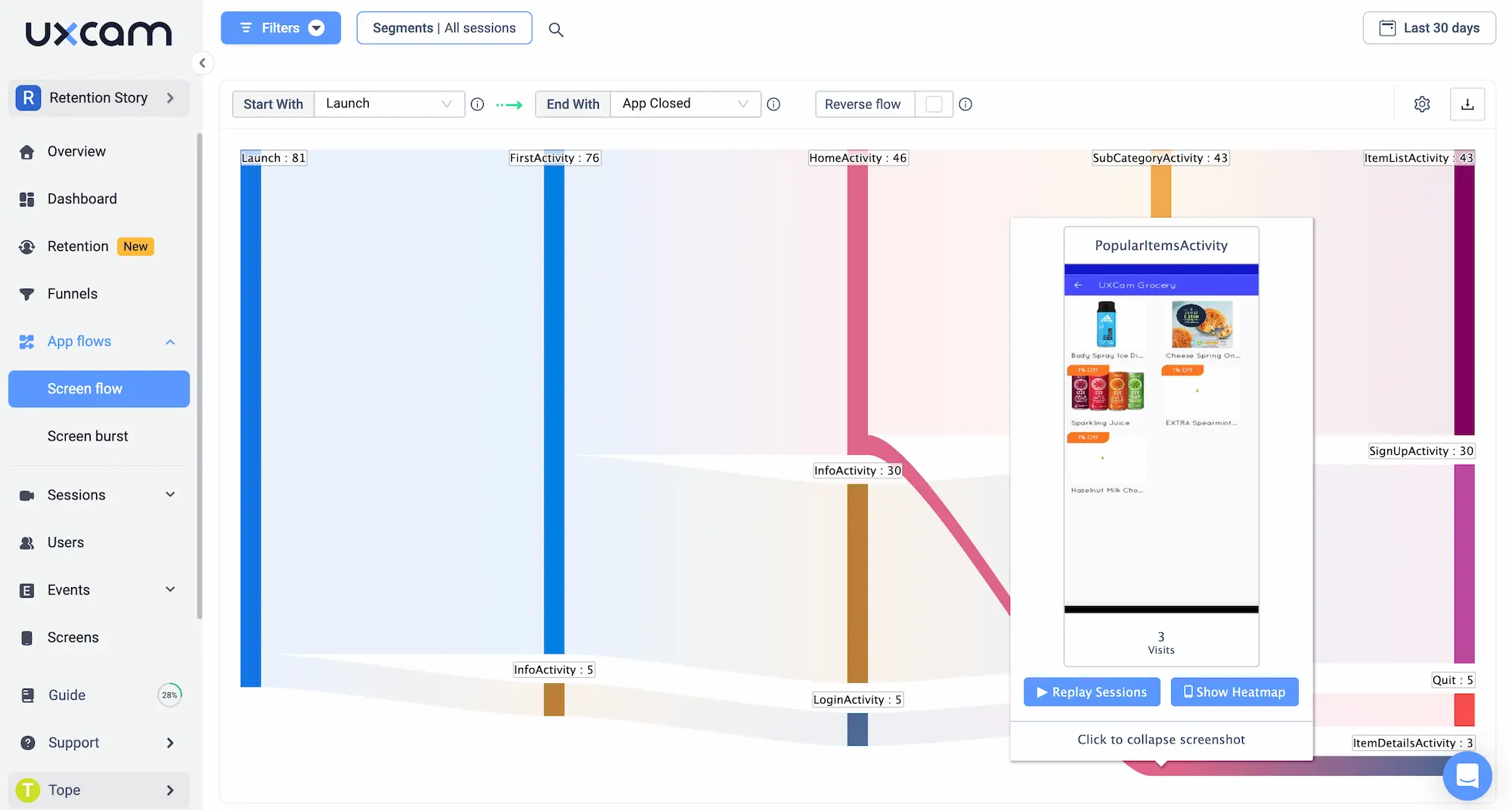Back to blog
4 MIN READ
Product Usage Segmentation - Best Techniques and Tools
PUBLISHED
21 April, 2024

Product Analytics Expert
Trying to figure out how to do product usage segmentation?
As users use your product, they generate mountains of data.
All of this data can be overwhelming and it's easy to get lost in the numbers. But, with the right tools and approach, this data becomes invaluable in understanding user behavior and building a product that keeps them engaged.
Product usage segmentation is one method that allows you to break down your user base into smaller, more manageable groups. And in this guide, we'll show you how to do it effectively.
Helpful Summary
Overview: We explore the critical role usage segmentation plays in mobile app product optimization and provide tips to do it effectively.
Why Listen to Us: We are a leader in the mobile app analytics space with tons of experience helping companies improve their app performance.
Why It Matters: Gathering insights into user experience allows for personalized experiences, increasing satisfaction, loyalty, and better business outcomes.
Action Points: We suggest defining user segments and setting up tracking and analytics with tools like UXCam.
Further Research: Check out the UXCam blog for more tips and insights on mobile app optimization.
What is product usage segmentation?
Product usage segmentation is a method used to categorize a product's user base into distinct groups based on how they interact with your product.
The underlying idea is that users use your product differently because they have different goals, motivations, and needs. By grouping users based on their usage patterns, you start to understand what those might be without other users muddying the waters.
A simple example?
Your note-taking app might be used by both students and professionals. You can probably tell the difference without asking—students take longer notes, use more formatting, and organize with folders, while professionals write shorter notes and favor tags.
These usage segments translate into important real-world differences.
How to do product usage segmentation
Set up tracking.
Define user segments.
Analyze user flows.
Identify friction points.
Contextualize with qualitative data.
Implement targeted optimization.
1. Set up tracking
The first step is to set up tracking. For this, you need a tool that can track and analyze user behavior within your product—preferably one that's easy to use and doesn't require extensive technical knowledge.
There are plenty of options, but not many are designed specifically for mobile apps and mobile product teams. UXCam is a great example of a user experience analytics tool that offers mobile-specific features and is easy to set up.
You can install our lightweight SDK in minutes and access all our features, including:
Event analytics
Session replays
Heatmaps
User journey mapping
Issue analytic
Segmentation
2. Define user segments
Next, it’s time to define your segments.
Usage-based segmentation is all about looking for interesting usage patterns. How do you spot these? It depends—but the easiest way is to start by analyzing a few of the most common and valuable usage segments:
New users
One-time users
Returning users
Loyal users
Engaged users
Slipping away users
UXCam offers built-in tracking for all of these segments.

However, you can (and should) build your own segments by looking for valuable behavior patterns for your specific business.
3. Analyze user flows
Once you have your segments, apply them to user flows. This will help you see how different segments interact with your product and what steps they take or don't take.
For example, if a feature is only being used by a large percentage of loyal users, it may be worth investigating why it's not being adopted by other segments. If new users are dropping off at a certain point in the user flow, you can dig deeper to identify any issues that may be causing this.

You can apply any segment to UXCam’s screen flow feature to see the exact path they take from A to B.
4. Identify friction points
You’ll want to use your product usage segments to identify segment-specific friction points.
There are all kinds of ways to do this, including:
Applying segments to funnels
Applying segments to heatmaps
Applying segments to session recordings
A great example of this comes from Recora.

The product team was struggling with a lot of mysterious support tickets complaining of bugs that they couldn’t replicate. They turned to UXCam’s session replays and found that many of the users experiencing issues were trying to interact with a specific button in the wrong way.
By identifying this friction point, they were able to make a small design change that decreased support tickets by 142%.
5. Contextualize with qualitative data
User feedback provides valuable context and helps validate the findings from behavioral data, enabling you to make informed decisions when optimizing for each segment. Combining quantitative and qualitative data gives you a comprehensive view of the user experience and helps you prioritize improvements that matter most to your users.
At UXCam, our platform includes a mix of quantitative and qualitative data to provide a holistic understanding of user behavior. Product metrics and KPIs help you spot trends and identify segments, while session replays and heatmaps give you all the context you need.
6. Implement targeted optimization
With insights from user behavior data, user flows, friction points, and user feedback, the next step is implementing targeted optimizations for each user segment. These optimizations should be tailored to address each segment's specific needs, preferences, and challenges.

UXCam's analytics capabilities allow you to monitor the impact of your optimizations on user behavior and critical product metrics, such as engagement, retention, and conversion rates. By tracking these metrics before and after implementing optimizations, you can measure their effectiveness and make data-driven decisions.
Conclusion
Optimizing product usage segmentation can greatly impact user engagement, satisfaction, and business outcomes. Understanding how users interact with your mobile app and categorizing them based on their behavior helps tailor experiences, marketing strategies, and product offerings to add more value.
Using tools like UXCam's session replay, heatmaps, funnels, and analytics capabilities helps companies make informed decisions and improve based on user behavior data.
Give UXCam a try for free today.
You might also be interested in these;
19 Best mobile app analytics tools
Mobile app user segmentation: Best techniques and tools
How to conduct a mobile app user behavior analysis
AUTHOR

Tope Longe
Product Analytics Expert
Ardent technophile exploring the world of mobile app product management at UXCam.
What’s UXCam?
Related articles
App Analytics
Mobile App Tracking: Practical Guide & Best Tools [2026]
The best tracking tools for mobile...

Jonas Kurzweg
Product Analytics Expert
App Analytics
Top Analytics SDKs 2026
Pick the right analytics SDKs to improve your app's...

Jonas Kurzweg
Product Analytics Expert
Product best practices
8 Best UX Analytics Tools and Software We’ve Tested 2025
A good UX design is key when it comes to user satisfaction. Learn about five of the best UX analytics tools you can use to get valuable insights about user...

Jonas Kurzweg
Product Analytics Expert


